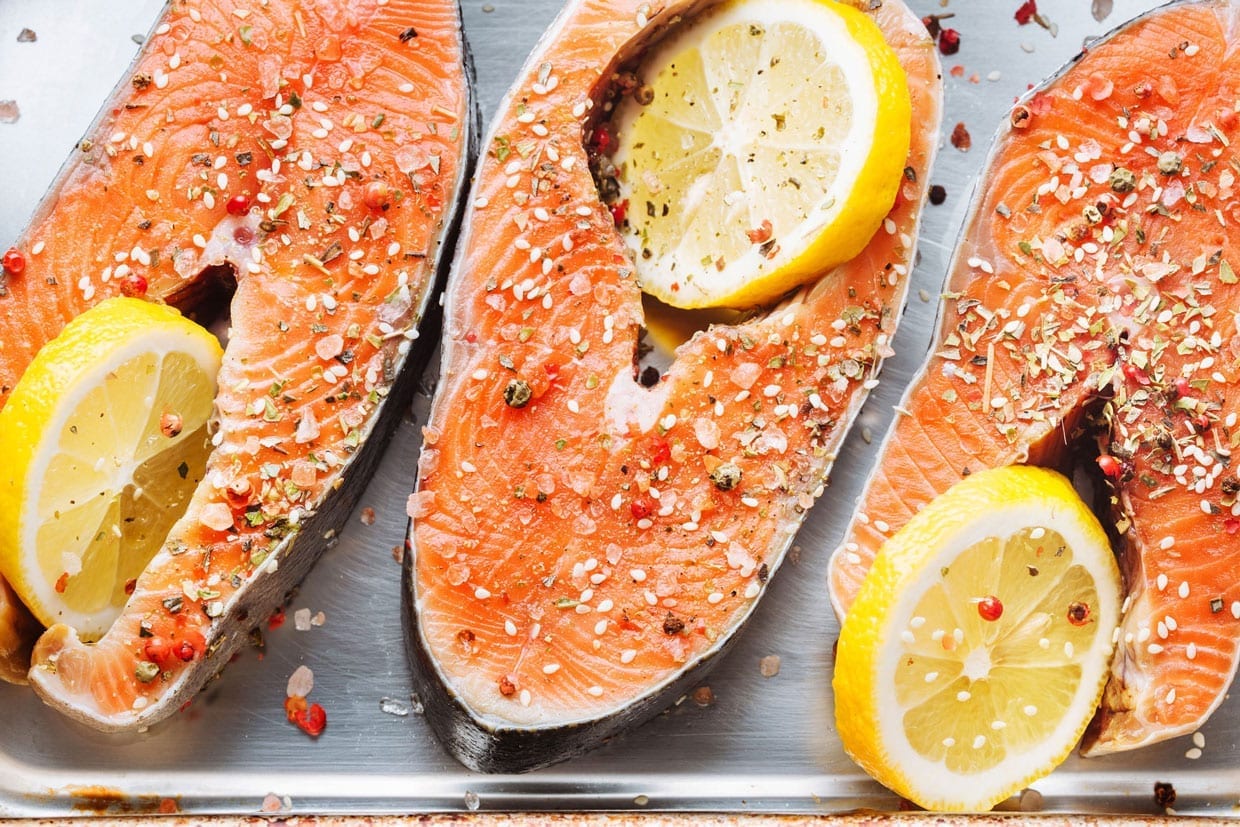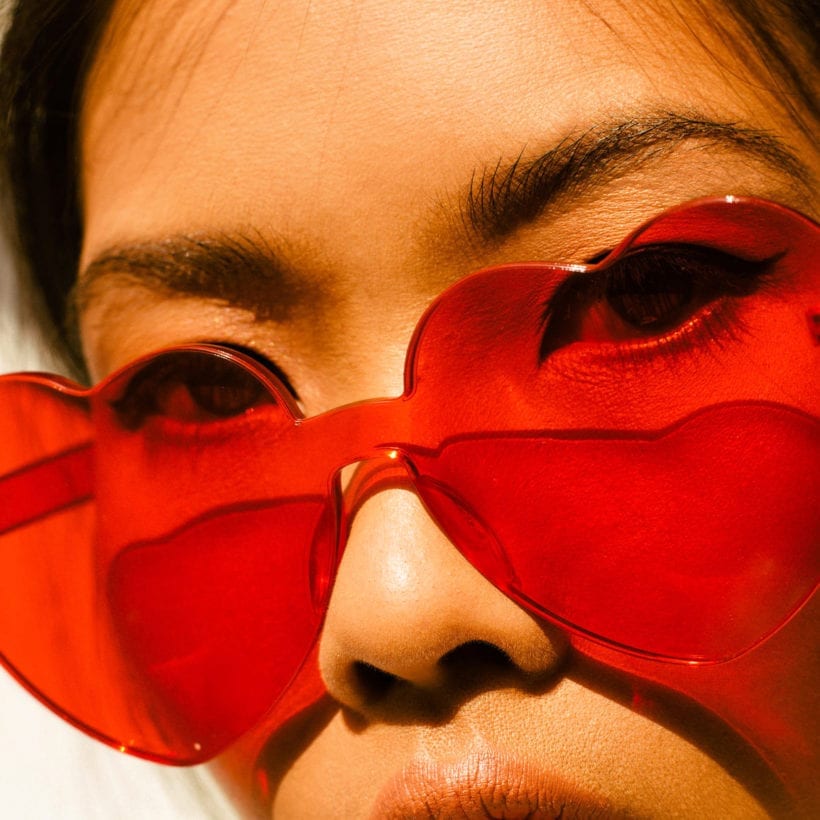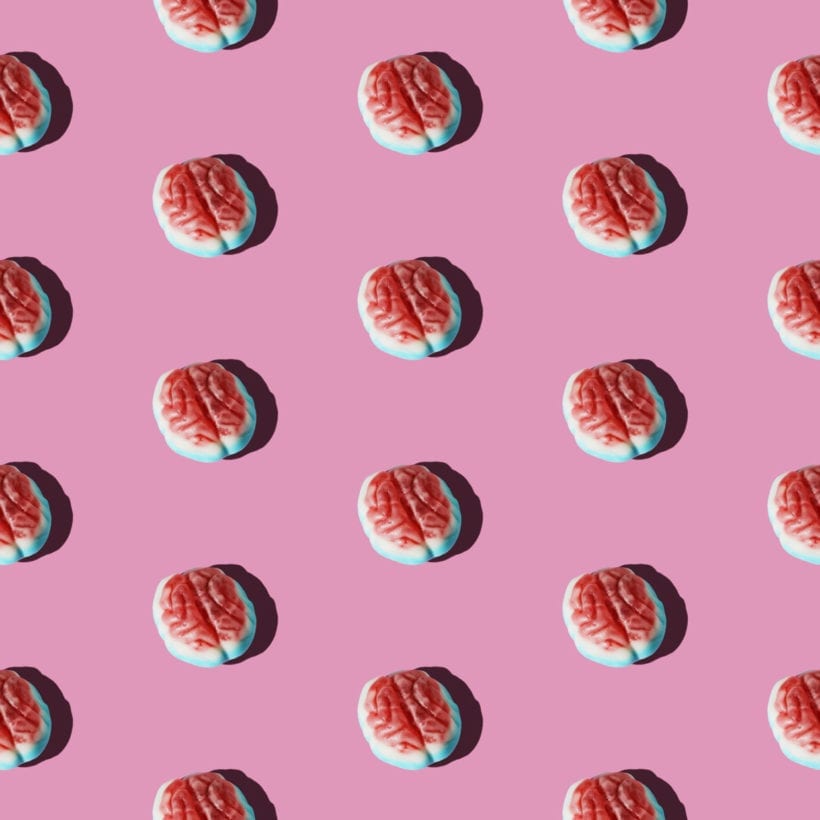No nutrient has ever been quite as misunderstood as fat. For years, the health wisdom was that fat was bad, that we should cut it out of our diets at all costs. In some health circles, it is still demonized — labels for low-fat, reduced-fat and fat-free are everywhere, spreading the message that fat should be feared and left out of your fridge.
But as any nutritionist will tell you, the “all-fat-is-bad” mantra is misleading. Certain types of fat (we will get into which ones in a bit) are actually healthy for you — your body needs them to function at its best. Some parts of the nutrition world have even done a total 180, preaching that a diet packed with sources of fat is the healthiest way to eat (as with the ketogenic diet, which involves eating healthy high-fat meals and cutting out carbs and sugar completely).
So how do you tell fat fact from fiction? Here is everything you need to know about healthy fats.
What is fat?
In a nutshell, fat is a major source of energy. It is one of the three macronutrients (along with carbohydrates and protein) that your body needs to function. It is also important for helping your body absorb certain vitamins and minerals, building cell membranes, helping your muscles function and regulating inflammation. And, it does not raise insulin at all.
It is a kind of a powerhouse nutrient. So, what is with all the fear around fat?

“In the past, the term, ‘fat’ had a bad reputation because it seemed as though the public felt that the more fat you consume, the more fat and weight you gain,” says Yasi Ansari, a performance and wellness dietitian in California. In reality, that is not exactly how it works, she says. While it is true that foods high in fat provide more calories per gram than foods high in protein or carbohydrates, that is only one factor in weight gain — exercise and genetics are also major pieces in the puzzle.
But the real issue — and what makes fat’s place on your plate unclear — is that certain types of fat are bad for you. Trans fats (think: doughnuts and fried foods) and saturated fats (think: full-fat dairy products, like butter and cheese and red meat, like beef and lamb) can elevate cholesterol and increase the risk of heart disease and stroke, Ansari says.
This does not mean you should never eat these foods, but you should limit them. The official set of Dietary Guidelines for Americans recommends keeping your saturated fat consumption to less than 10 percent of your total calories for the day. The American Heart Association is even stricter—they advise keeping it to 5-6 percent of your daily calories. That is the equivalent of about 13g of saturated fat or two tablespoons of butter.
What counts as a “healthy” fat?
While some fats are unhealthy, not all fats are created equal. Enter unsaturated fats (which are broken up into mono- and polyunsaturated fats, if you want to get into the nutrition lingo) — healthy fats nutritionists say you should eat regularly.
They are found in foods like fish, nuts, olive oil, eggs and avocado, and they come with a long list of nutritionist-approved health benefits.
Benefits of Healthy Fats
For your heart
Heart health is top of the list. People who followed a high-fat diet reduced their risk of cardiovascular disease by about 30 percent compared to those instructed to eat a low-fat diet. Polyunsaturated fats help reduce LDL cholesterol (the bad one), and boost HDL cholesterol (the good kind we want more of), explains Kris Sollid, R.D., senior director of nutrition communications at the International Food Information Council Foundation. And they can also help lower blood pressure and reduce inflammation.
For your skin
The American Heart Association advise keeping it to 5-6 percent of your daily calories
Then there is your skin. Healthy fats are like an antidote to dull, dry skin (and hair, too) providing a glow-up from within. Here is how it works: “Omega-6 and omega-3 essential fatty acids play a critical role in skin function and appearance,” Sollid explains. They are essential for helping your skin maintain its structural integrity and skin barrier function. Translation: Whenever you eat omega-rich foods like salmon, you are doing your skin a favor.
For your energy
Another reason you want healthy fats in your diet? They can help you perform better in the gym. “In addition to consuming carbohydrates, fats provide an energy source that can help sustain long-duration, low-intensity aerobic exercise,” Ansari says.
For your diet
But one of the most compelling reasons to get on board with healthy fats? They can help make the rest of your diet more effective. A trial published in The Lancet Diabetes & Endocrinology showed that people who followed the Mediterranean diet — which is rich in vegetables and healthy fat — for five years lost more weight than those who were told to eat low-fat. “Fat-soluble vitamins such as vitamins A, D, E, K need fat to be best absorbed within the body,” Ansari says. In other words, adding avocado or olive oil — coconut oil and ghee are both high in saturated fat — to a vitamin-rich salad, will help your body absorb even more of that leafy goodness. “I love roasting sweet potatoes with olive oil to better absorb vitamin A and adding avocado to a kale salad to better absorb vitamin K from the salad,” Ansari says.
How To Get More Healthy Fat in Your Diet
Nutritionists’ favorite sources of healthy fats and how to eat them:
Avocado
You can add avocado to pretty much anything: A slice of whole-grain toast topped with a boiled egg, a drizzle of olive oil and a sprinkle of Himalayan salt and chia seeds; a salad packed with leafy greens and veggies; even smoothies. “I love adding avocado to smoothies,” Ansari says. “It’s great for recovery and can help decrease inflammation.” Try blending almond milk, half an avocado, frozen berries, whey protein and one tablespoon of almond butter. One study found that women who eat half an avocado at lunch might experience reduced food cravings later in the day.
Olive Oil

Olive oil is the most recommended by nutritionists. It is packed with heart-healthy fats and antioxidants, which can help reduce inflammation after a workout and even deliver a boost to your skin. “I love adding extra-virgin olive oil to prepared dishes such as cooked pasta or to a kale salad or quinoa tabbouleh salad,” Ansari says.
Fish
Fatty fish (think: salmon, tuna, anchovies) is an excellent source of omega-3 fatty acids that can help protect against cardiovascular disease and may help reduce abdominal fat. Sollid recommends getting two servings per week.
Nuts
“Nuts are a super convenient healthy snack,” Sollid says. They are packed with protein, fiber and magnesium in addition to healthy fats and are easy to eat on-the-go. (“They can also be chopped and added to main dishes and salads for added texture and flavor,” adds Sollid.) For the healthiest snack, look for walnuts (packed with that good-for-your-skin omega-3s), Brazil nuts (also full of antioxidants that are good for your skin and hair) and cashews (a great substitute for cheeses containing saturated fat).
Tips and tricks for avoiding unhealthy fats
These simple swaps can help you fill up on good fats while keeping unhealthy fats away from your plate.
- Use olive oil instead of coconut oil: Coconut oil may be a killer moisturizer, but it is also filled with saturated fat — about 90 percent.
- Swap dairy milk for nut milk: If you are used to a creamy serving of whole milk in your coffee, try cashew milk instead. It can help you cut down on your saturated fat intake.
- Ditch red meat for lean protein: A standard steak contains around 21 grams of saturated fat (more than the recommended daily allotment). A filet of salmon has only six grams.
We only recommend products we have independently researched, tested, and loved. If you purchase a product found through our links, Sunday Edit may earn an affiliate commission.







